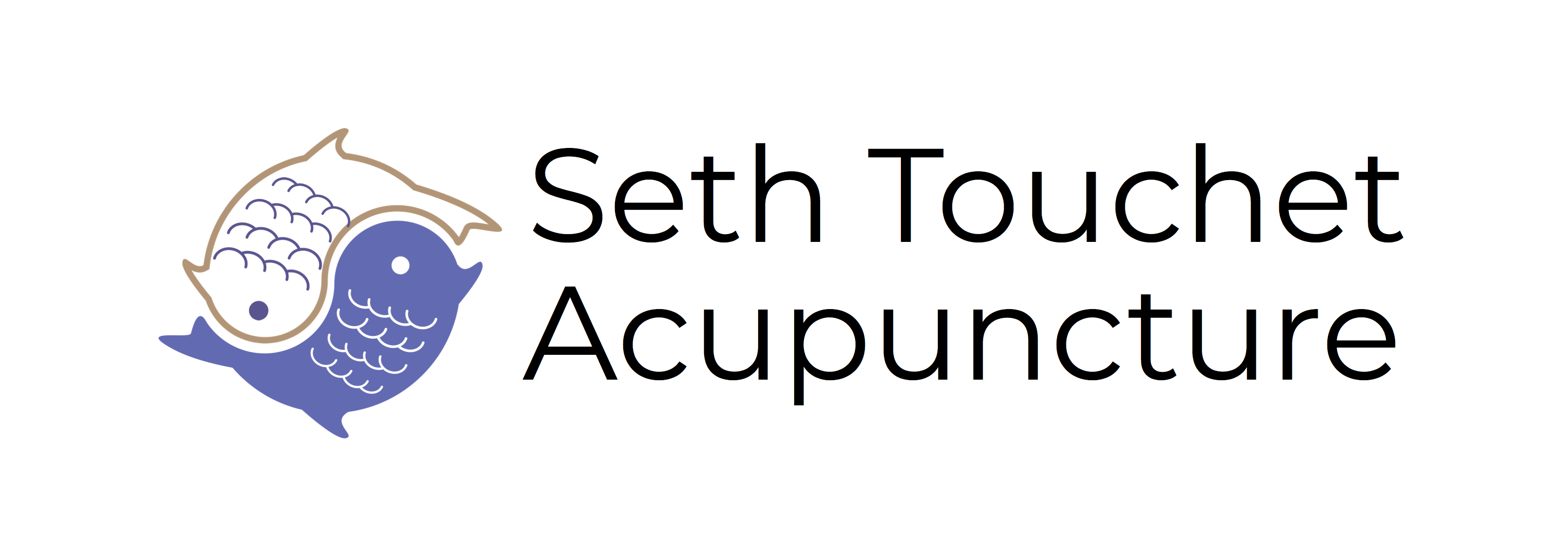If you’re hearing about NAET for the first time—or even if you’ve been researching it—you may have questions about what actually happens during a session. Understanding the process can help ease any uncertainty and show you how NAET targets allergens at their root. Below, we’ll walk through each step of a standard NAET session, from initial consultation to post-treatment instructions.
1. Initial Consultation and Patient History
What to Expect
- Discussion of Symptoms: The practitioner will ask about your current symptoms, known or suspected allergies, diet, lifestyle, and overall health.
- Medical Background: You’ll also review your medical history, any ongoing treatments, and any relevant lab results.
Why It Matters
A thorough background helps your practitioner tailor the treatment to your specific needs. Since NAET addresses the underlying energetic blocks associated with allergies and sensitivities, having this context is essential for the best results.
2. Muscle Testing (Applied Kinesiology)
What It Is
Muscle testing is a cornerstone of NAET. It involves testing your body’s strength (often in your arm) while you hold or come into contact with a suspected allergen.
How It Works
- Baseline Test: The practitioner will typically have you extend an arm and apply gentle pressure to establish a “strong” baseline.
- Allergen Exposure: You’ll hold a small vial containing a sample of the substance (or place it near your skin), and the practitioner tests your muscle strength again.
- Identifying Weakness: If your muscle weakens while holding the substance, it’s a sign that your body may have a sensitivity or allergy to it.
Why It Matters
Muscle testing gives immediate feedback about how your body reacts on an energetic level. This approach allows the practitioner to pinpoint specific allergens—sometimes ones you weren’t even aware of.
3. Identifying Your Priority Allergens
What Happens
- Allergen Hierarchy: NAET treatments often follow a specific sequence, starting with “basic” allergens like egg mix, calcium, or vitamin C before moving on to more complex ones.
- Individualized Plan: Based on muscle testing, your practitioner determines which allergens need to be addressed first.
Why It Matters
Clearing fundamental allergens can pave the way for more effective treatment of other sensitivities later. This step-by-step approach often yields long-term, comprehensive results.
4. The NAET Treatment (Acupuncture or Acupressure)
What to Expect
- Positioning: You’ll lie down on a comfortable treatment table.
- Stimulation of Acupoints: The practitioner may use acupuncture needles or non-invasive acupressure on specific points along your body’s meridians. These points are carefully chosen to help the body “reprogram” its response to the allergen.
- Holding the Allergen: You’ll typically hold or be in contact with the allergen vial during this process, reinforcing the new, neutral response in your body.
What It Feels Like
- Acupuncture: Many people describe feeling a slight pinch or pressure when the needle is inserted, followed by a mild tingling or warmth.
- Acupressure: If needles aren’t used, gentle pressure on specific acupoints can feel soothing or energizing.
Why It Matters
By combining exposure to the allergen with stimulation of key acupoints, NAET helps your immune system recognize the substance as harmless, reducing or eliminating the allergic response.
5. Post-Treatment Instructions and Avoidance
What to Expect
- Temporary Avoidance: After the session, you may be asked to avoid the treated allergen for 24 hours (or more, depending on the protocol). This “rest period” helps lock in the new response.
- Self-Care Tips: The practitioner may suggest drinking plenty of water, resting, and paying attention to any subtle changes in symptoms.
- Follow-Up Schedule: You’ll likely schedule your next appointment to re-test the treated allergen and move on to the next priority.
Why It Matters
The avoidance period is a critical part of the treatment. By minimizing exposure immediately after treatment, you give your body the best chance to integrate the new, non-reactive response.
6. Tracking Progress and Timeline for Results
Typical Timeline
- Immediate Improvements: Some people notice relief within the first few sessions, especially for mild sensitivities.
- Ongoing Treatments: More complex or long-standing allergies may require multiple sessions to see significant improvement.
- Maintenance: Periodic check-ups help ensure that cleared allergens remain neutral and address any new sensitivities that emerge.
Why It Matters
Everybody is different, and results can vary. Consistency and open communication with your practitioner are key to achieving and maintaining long-term benefits.
Frequently Asked Questions
1. How Long Does Each Session Take?
A typical NAET session lasts anywhere from 30 to 60 minutes, depending on your individual needs and how many allergens are tested or treated.
2. Do I Need to Prep Before a Session?
Usually, no special preparation is required. However, it’s best to arrive well-hydrated and relaxed so you can focus on the treatment.
3. Is NAET Safe for All Ages?
Yes! NAET can be adapted for infants, children, and adults of all ages. Needles can be replaced with acupressure to make the treatment even gentler.
4. Will I Feel Any Side Effects?
Most people feel relaxed or slightly tired after a session. Occasionally, you might experience mild detox symptoms (headache or fatigue), but these are temporary and often subside quickly.
Final Thoughts
A NAET session is a unique experience that addresses allergies by rebalancing your body’s energy system. By understanding each step—from the initial consultation and muscle testing to the acupuncture or acupressure treatment and the post-session avoidance period—you can walk into your appointment with confidence and realistic expectations.
If you’re ready to explore a long-lasting way to manage or eliminate allergies, NAET might be the solution you’ve been seeking. Feel free to reach out to me with any questions or to book an appointment. I’m here to help you discover a healthier, more balanced life—free from the burden of chronic allergies and sensitivities.

